Bali horror left its mark on Australians tasked with identifying victims
The Bali response was a daunting experience for those Australians fulfilling roles for the victims, their families, and the ongoing counter-terrorism fight.
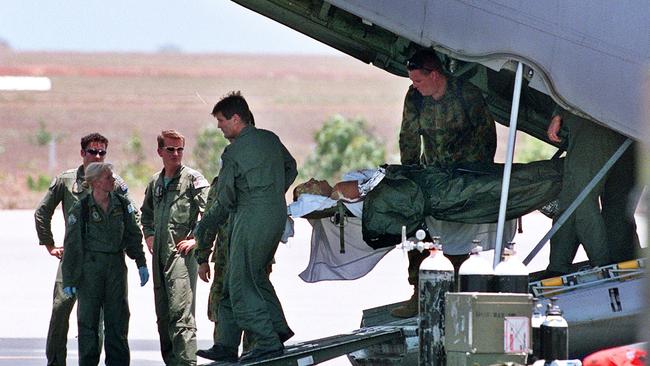
For years, Linzi Wilson-Wilde remembered the name of every person killed in the Bali bombings. She knew who they were and where they were and what they were doing on the night of October 12, 2002, through her work identifying their bodies for the coroner.
A young forensic scientist just a few months into a new job as team leader at the Australian Federal Police’s DNA lab in Canberra, Wilson-Wilde found herself running the forensic operation to identify the 202 people killed when terrorists detonated bombs in two nightspots on the Indonesian holiday island of Bali.
Some were dancing when the bombs went off at 11pm in Paddy’s Bar and the Sari Club, two popular nightspots near Kuta beach. Some were working behind the bar. Others were passing by. They came from 21 countries, and it would fall to Wilson-Wilde and her team to identify all of them through fingerprints, dental records and DNA.
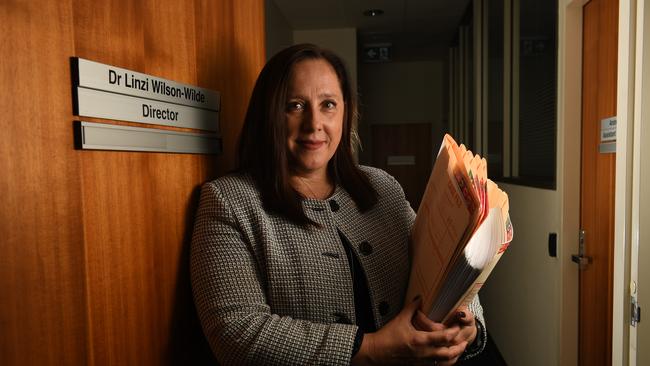
On holidays in Sydney with her husband, fellow scientist James Brandi, Wilson-Wilde jumped in the car when she heard the news and started heading for Canberra, working her phone along the way.
She had to set up the lab, a poky facility in suburban Weston usually occupied by 11 people, to accommodate dozens of scientists seconded from across the country, develop processes to handle the thousands of samples sent to the lab for analysis, and do as much testing and report writing as she could, while fielding calls from distraught family members seeking answers about their loved ones.
On top of that, she knew the legislation didn’t allow the AFP to upload the results of DNA testing into its own database or share it with other states or countries, so she had to work with the government, even going on to the floor of the House of Representatives and the Senate to get new laws passed within 10 days to allow the information to be shared.
Wilson-Wilde says she has vivid memories of the “incredible pressure’’ she felt to identify the people lost to the bombings, particularly the 88 Australians who were killed.
“At one point the Australian embassy in Indonesia was giving out my name and office number for families to ring to find out how long it would be,” she recalls. “So I was getting these phones calls from distraught family members, with their legal representation sometimes, where I would be put on a conference call, asked ‘So what’s happening and where is my loved one?’
“(It) was exceedingly difficult, and at the same time I’d get phone calls from ministers’ offices, other jurisdiction forensic laboratories, all asking the same thing.
“There were a few days you’d go home and cry.
“The most upsetting times for me have always been when the family was ringing me or when I went to Bali on one of the rotations and family members would come up and say ‘thank you’.
“Because that would personalise it. The stories you knew about what happened now had a connection to a real person, and so that’s always really difficult.”
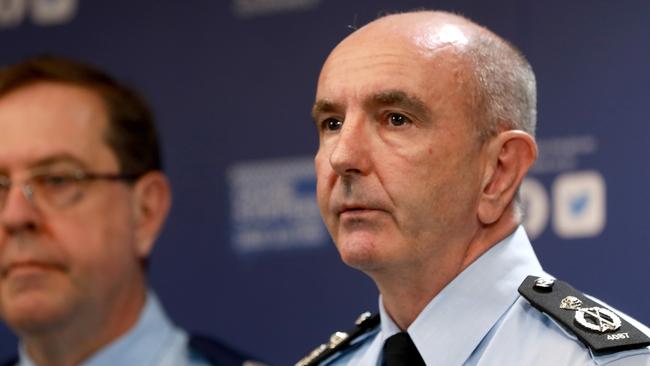
For Scott Lee, the Bali bombing represented Australia’s “loss of innocence”. The assistant commissioner of the AFP’s counter-terrorism command, he first joined the federal police in 1985, when the organisation was just six years old, a police force formed through the amalgamation of the ACT police, Commonwealth Police and Narcotics Bureau in response to the bombing of the Hilton Hotel in 1978.
Police response to terrorism was still in its infancy and Lee worked as an investigator chasing organised crime gangs. That changed on September 11, 2001, when terrorists flew planes into the World Trade Center in New York and the Pentagon near Washington, DC, and crashed in a field outside Shanksville, Pennsylvania, killing almost 3000 people.
“My first involvement with counter-terrorism was September 11,” Lee says.
After spending the next year investigating what links, if any, existed between the September 11 attacks and Australia, he was appointed forward commander of the Bali bombing in December 2002, overseeing the disaster victim identification process that Wilson-Wilde was running back in Australia, and making arrangements to get the bodies out of Indonesia and back to their loved ones at home.
He also worked on the investigation into the suicide bombers and the masterminds of the bomb plot, and worked side-by-side with the Indonesian police on their brief of evidence against those responsible for the atrocity.
He describes Bali as “Australia’s September 11”.
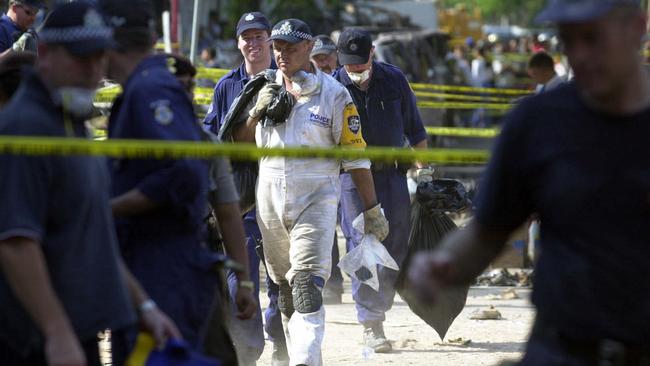
While the 9/11 attacks had shocked Australia, and affected day-to-day activities such as aviation and airport security, the threat of global terror didn’t really hit home until the attack on Bali 13 months later.
“When you look at the Bali attack, which was on our doorstep, the impact on the 88 Australians that passed away but also all the other nationalities that died in that incident, it really brought home the threat,” he says.
“The significance of the threat and the proximity of the threat, that it could actually impact Australia with such a large-scale mass casualty incident, whether it be onshore or in the region where we went to holiday and travel and where people thought they were safe really just to enjoy it with family and friends.”
Lee has spent the past 20 years hunting terrorists and disrupting their plots, his career running parallel to the AFP’s expanding role in the counter-terrorism field.
“I think my career’s reflective of a lot of law enforcement, not only here but globally,” he says. “Our counter-terrorism role really expanded through 2002 when the AFP’s counter-terrorism command was established. In 2003 we established the joint counter-terrorism teams. The increase in the AFP’s responsibilities nationally and internationally with counter-terrorism, that’s the connection or the trajectory that’s really driven my career over the years.
“It’s not something any of us really foresaw in terms of what was going to be that global terrorism threat environment and what that would mean for the organisation, community and careers.”
Lee left Bali in August 2003 after the first bomber was convicted but returned to Indonesia in 2004 after the Australian embassy was bombed in Jakarta.
He has been involved in pretty much every Australian terror investigation since.
Islamist extremism dominated the terror landscape for 20 years – the US attacks were perpetrated by al-Qaeda, while Bali’s were masterminded by Jemaah Islamiah. In 2014 it would be Islamic State that terrorised the world. Now, the terror threat has become more complex, also involving white supremacists, hate crimes, incels (involuntarily celibate angry young men), anti-government conspiracy theorists and what law enforcement now calls “ideologically motivated extremism” driven by various grievances, not just religiously motivated terrorism.
Lee says the terrorism threat is enduring and was magnified online during Covid-19 pandemic restrictions. He says he knew things were going to be different into the future after the extent of the horror in Bali became clear.
“I think I was like a lot of Australians given the way the circumstance had evolved overnight. What had started off overnight with reports of a gas explosion in Indonesia with a few people injured late on the evening of the 11th. Like most Australians I woke up to the news that it was much more significant both in terms of the people who had died and the victims who had suffered life-changing injuries.
“In my view it meant that loss of innocence as to what that actually meant for our lives moving forwards.
“The Bali response at the time was certainly a daunting experience, given the role that we were fulfilling for the victims and their families both in terms of getting the victims back to their loved ones and that impact on them.
“That has continued over the past 20 years in terms of their grief which continues today.”
The disaster victim identification process went on for 5½ months, ending when all 202 people had been identified.
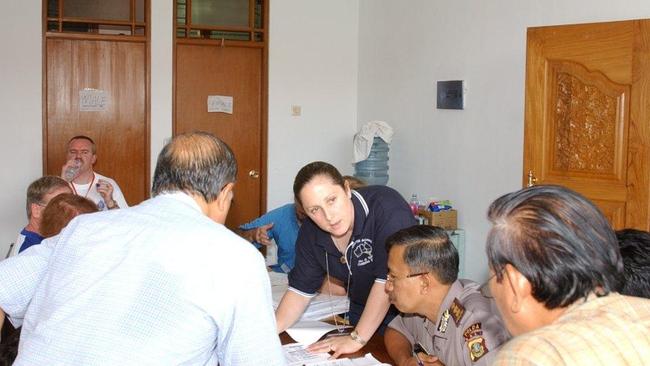
Lee says that at the conclusion of that process some remains were unable to be matched to a victim. They were cremated in a traditional Balinese ceremony and interred on the island with the agreement of the families and coroners involved in the identification process.
“The ceremony itself with those victims, those remains that couldn’t be identified, that was a really important ceremony,” Lee recalls.
Across the course of those 5½ months, Wilson-Wilde and her team analysed almost 3000 samples. Some were from bodies in Bali. Others were from families in Australia and elsewhere, used to try to identify some victims through DNA. Others were from the bomb or forensic samples taken at sites around Indonesia where the suspects had been arrested. Wilson-Wilde remembers them all. The 362 crime scenes samples. Another 535 reference and ante-mortem samples from families or intimate items of the victims, such as toothbrushes. The 1267 samples taken from the bodies located at the crime scenes and 596 samples taken from body parts. All arriving in sealed bags from the mortuary in Bali, delivered by Defence.
“Some people, some victims only existed as a series of parts and so dental was used initially as part of the victim identification process where there were bodies or where there were the dental jaw bones that could be used for that,” Wilson-Wilde says.
“Fingerprints were used in a few cases from where the deceased weren’t burnt too badly on their fingers. But where there were bodies where dental information wasn’t available, or where it wasn’t present, DNA had to be used.”
Wilson-Wilde is now the director of Forensic Science South Australia. She finds looking back at Bali difficult.
“It was highly stressful, it does become part of who you are and for a long time there’s a lot of memories around it that aren’t pleasant,” she says.
“You’re dealing with body parts and their stories and what happened to them, and you know what happened to them in a way their families don’t. For a long time I knew every name. Thankfully that’s faded now.
“It was a difficult time. It was tough. But not as tough as for the families, though. I can’t imagine how difficult it was for them. However tough it was for me, it was nothing compared to what they went through.”
The response to the Bali bombings – the forensic investigations of the bombers and the bomb material, the disaster victim identification and the co-operation between the AFP and Indonesian National Police put the AFP on a new course of international policing.
It has since taken a lead role in responding to, investigating and in some cases prosecuting in the aftermath of tragedies such as the downing over Ukraine of Malaysia Airlines flight MH17 by Russian separatists in 2014; the Indian Ocean Boxing Day tsunami in 2004 that killed almost 230,000 people across several countries including Indonesia, Sri Lanka, India and Thailand; and the White Island volcano eruption in New Zealand in 2019.
The Bali bombings remain the single largest loss of Australian life in a terror attack.



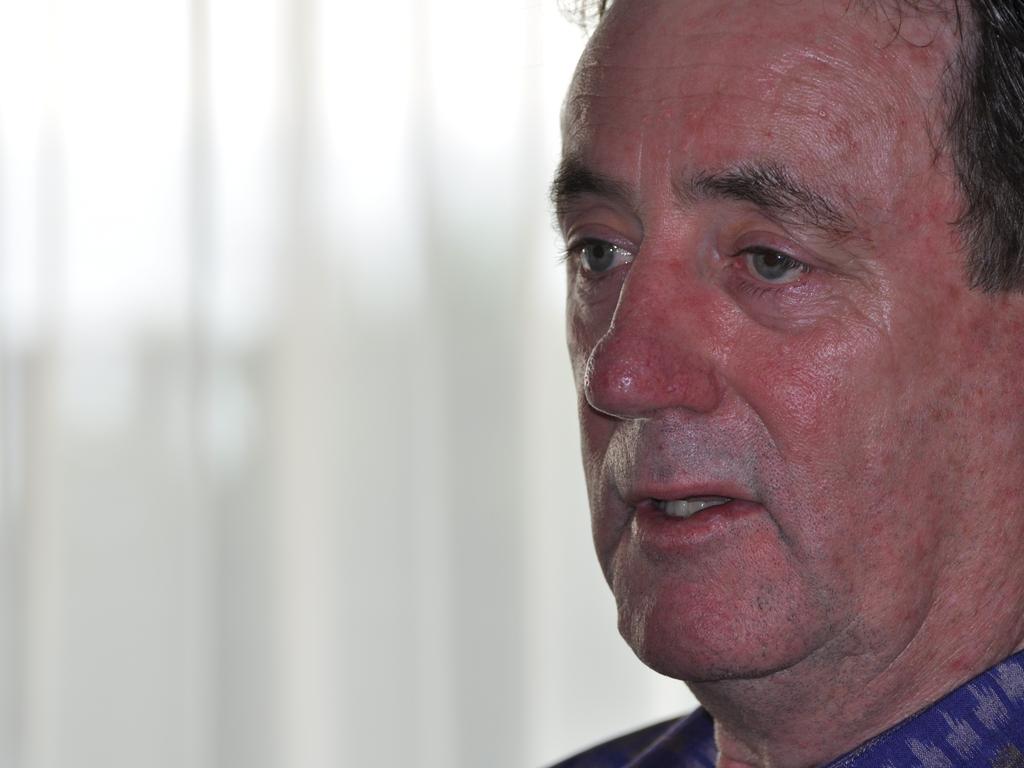


To join the conversation, please log in. Don't have an account? Register
Join the conversation, you are commenting as Logout